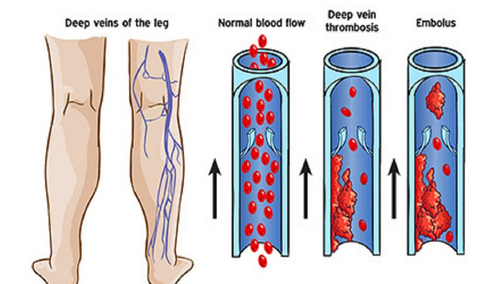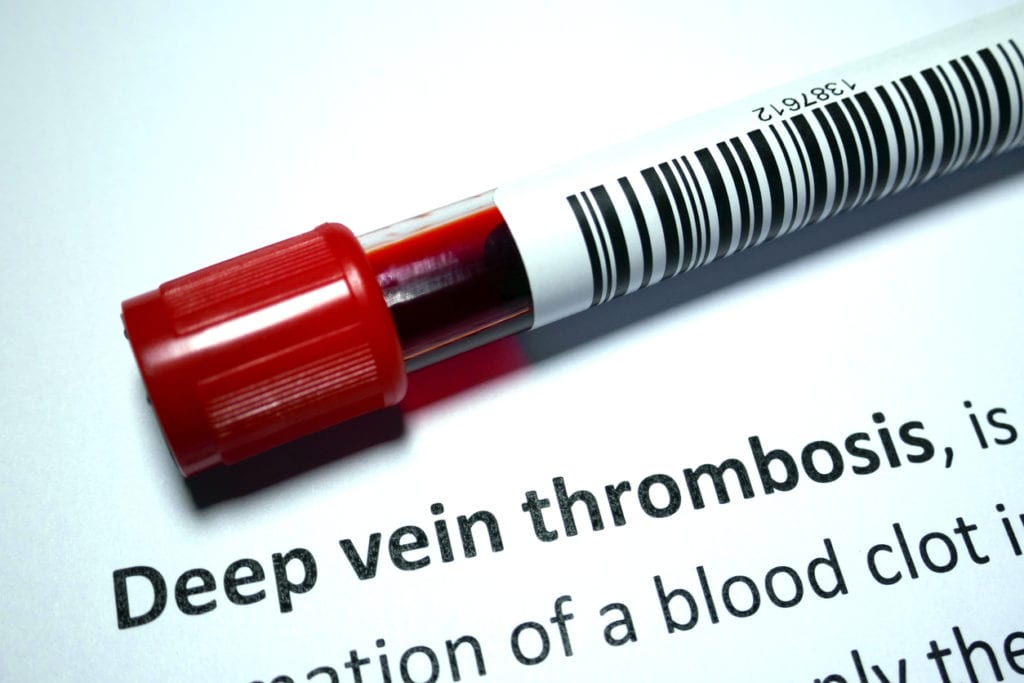Deep vein thrombosis (DVT) is a serious medical condition characterized by the formation of blood clots in deep veins, most commonly in the legs. Understanding the symptoms, risks, and the importance of PT/INR monitoring is crucial for effective management and prevention of complications.
Understanding Deep Vein Thrombosis (DVT)
DVT occurs when a blood clot forms in a deep vein, obstructing blood flow. This condition is a part of venous thromboembolism (VTE) and can lead to severe complications if not promptly treated. The most significant risk is the potential for a clot to dislodge and travel to the lungs, causing a pulmonary embolism (PE), which can be life-threatening.
Recognizing the Symptoms of DVT
Early detection of DVT is vital. Common symptoms include:
- Swelling: Typically in one leg, often starting in the calf.
- Pain or Tenderness: Especially in the leg, which may feel like cramping or soreness.
- Skin Discoloration: The affected area may appear red or have a bluish hue.
- Warmth: The skin over the affected area may feel warmer than surrounding areas.
It’s important to note that some individuals with DVT may not exhibit noticeable symptoms, making awareness and preventive measures essential.
Identifying Risk Factors for DVT
Several factors can increase the likelihood of developing DVT:
- Prolonged Immobility: Extended periods of sitting or bed rest can slow blood flow.
- Surgery or Injury: Especially involving the legs or hips.
- Medical Conditions: Such as cancer, heart disease, or inflammatory bowel disease.
- Hormone Therapy: Including birth control pills or hormone replacement therapy.
- Pregnancy: Increases pressure in the veins of the pelvis and legs.
- Obesity: Excess weight increases pressure in the veins.
- Smoking: Affects blood clotting and circulation.
- Family History: Genetic predisposition to blood clots.
Awareness of these risk factors is crucial for prevention and early intervention.
The Importance of PT/INR Monitoring in DVT Management
PT/INR (Prothrombin Time/International Normalized Ratio) tests are essential tools in managing DVT, especially for patients on anticoagulant therapy like warfarin.
- PT (Prothrombin Time): Measures how long it takes blood to clot.
- INR (International Normalized Ratio): Standardizes PT results, allowing for consistent monitoring across different laboratories.
Maintaining an appropriate INR range is critical. An INR that’s too low may not prevent clot formation, while an INR that’s too high increases the risk of bleeding. For most DVT patients on warfarin, the target INR range is typically between 2.0 and 3.0.
Monitoring Frequency and Patient Management
Regular monitoring ensures that patients remain within the therapeutic INR range:
- Initial Phase: Frequent testing (e.g., every few days) to establish the correct dosage.
- Stabilization Phase: Once stable, testing intervals may extend to every 4–6 weeks.
- Long-Term Management: Some stable patients may only require testing every 12 weeks, as per clinical guidelines.
Advancements in technology have introduced home PT/INR monitoring devices, allowing patients to test their levels conveniently and maintain better control over their treatment.
Preventing DVT: Lifestyle and Medical Strategies
Prevention is a key component in managing the risk of DVT:
- Stay Active: Regular movement, especially during long periods of sitting or bed rest.
- Hydration: Adequate fluid intake helps maintain healthy blood viscosity.
- Compression Stockings: Assist in promoting blood flow in the legs.
- Medication Adherence: For those prescribed anticoagulants, consistent use as directed is vital.
- Regular Check-Ups: Monitoring for individuals with risk factors or a history of DVT.
YOU MAY READ OUR OTHER BLOGS TOO:
ATRIAL FIBRILLATION & STROKE PREVENTION: HOW PT/INR MONITORING SAVES LIVES
ALCOHOL CONSUMPTION & INR: WHAT YOU SHOULD KNOW
BRIDGING THERAPY: WHAT HAPPENS WHEN YOU PAUSE BLOOD THINNERS BEFORE SURGERY?
SUMMARY
Deep vein thrombosis is a serious condition with potentially life-threatening complications. Recognizing symptoms, understanding risk factors, and adhering to proper monitoring protocols, including PT/INR testing, are essential steps in effective management and prevention.
If you or a loved one are at risk for DVT or currently managing the condition, consult with healthcare professionals to develop a comprehensive plan tailored to your needs. Regular PT/INR monitoring and proactive lifestyle choices can make a significant difference in outcomes.




